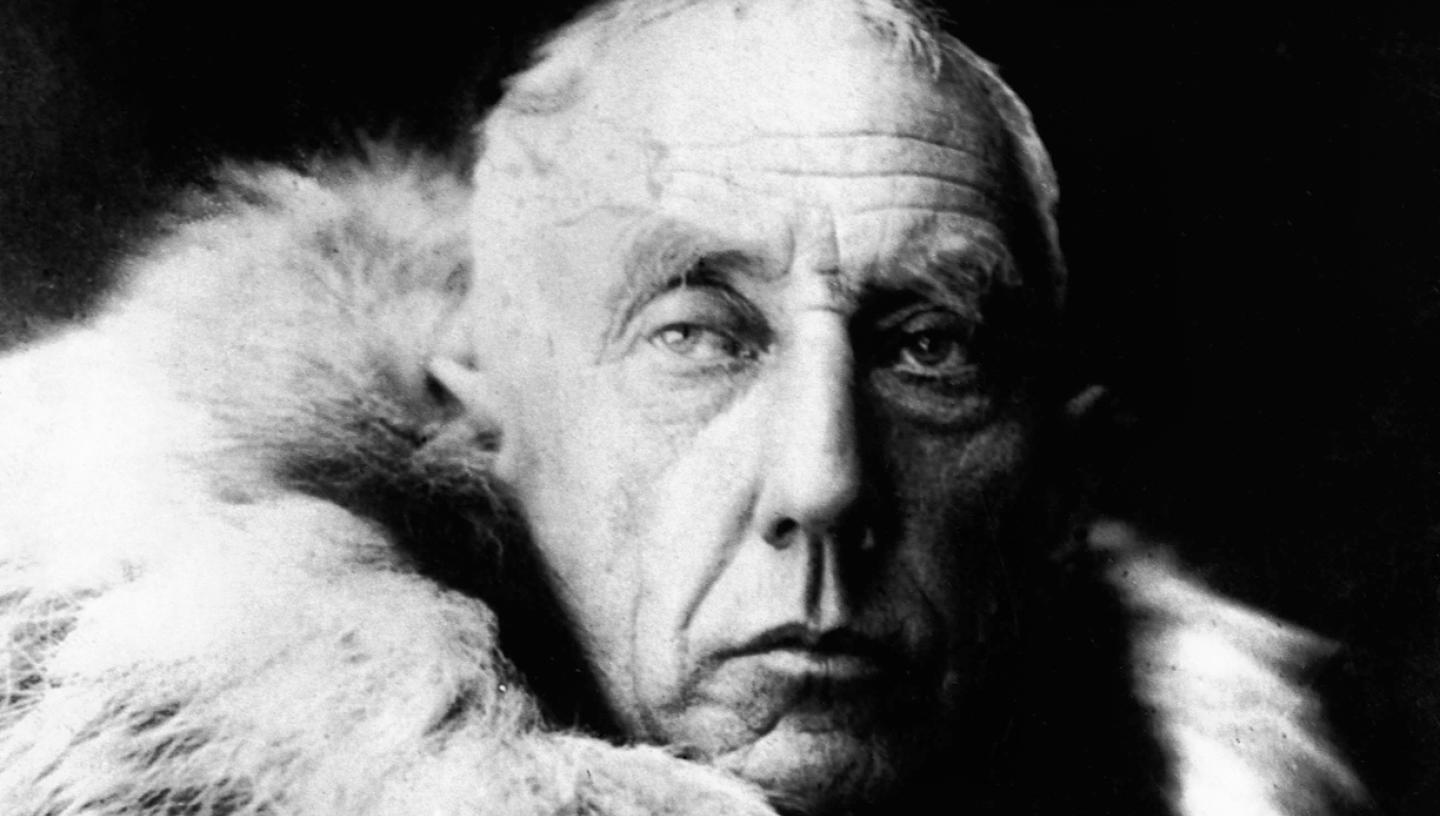
Roald Amundsen North-West Passage expedition 1903–06
Norwegian explorer Roald Amundsen was the first man who successfully navigated the North-West Passage by boat, on a voyage that lasted from 1903 to 1906.
Roald Amundsen, from Norway, is one of the world’s most famous polar explorers. He was the first person to sail through the North-West Passage – the seaway across the Arctic linking the Atlantic and Pacific Oceans – and the first man to reach the South Pole.
As a boy Amundsen had dreamed of navigating the famous North-West Passage but when he set sail in 1903, in a boat he bought himself, his main objective was not the completion of the passage but to find out if the magnetic north pole had moved since its discovery in 1831.
Amundsen’s ship, the Gjøa, was small (47 tonnes) and had a crew of just six men. It made good progress across Baffin Bay, through Lancaster Sound, Barrow Strait and reached Beechey Island on 22 August 1903, anchoring in Erebus Bay. From here the Gjøa followed John Franklin’s fateful route towards King William Island anchoring on the east coast of the island at Gjøa Haven.
Scientific observations
For two winters Amundsen and his crew dedicated themselves to conducting magnetic and meteorological observations. A great disappointment for Amundsen was that he never reached the magnetic north pole. This was because the pole had moved about 30 miles to the north of where he thought it was. However, to prove that the pole was moving was of huge scientific significance.
Navigating the Passage
The Gjøa set sail once more on 13 August 1905, passing through Simpson Strait to the south of King William Island and on to the Bering Strait. When Amundsen encountered a whaling ship from San Francisco coming in the opposite direction he knew he would complete the North-West Passage. In his diary, he wrote:
‘The North-West Passage was done. My boyhood dream—at that moment it was accomplished. A strange feeling welled up in my throat; I was somewhat over-strained and worn—it was weakness in me—but I felt tears in my eyes.’
As the water was as shallow as one metre, a larger ship could never have used Amundsen’s route. While his achievement ranks as one of the key milestones in the exploration of the Arctic, the discovery of a passage for commercial shipping – the original motive for finding the North-West Passage – was still out of reach. It would take the effect of global warming to open up the possibility of deeper routes for large ships in 2007.